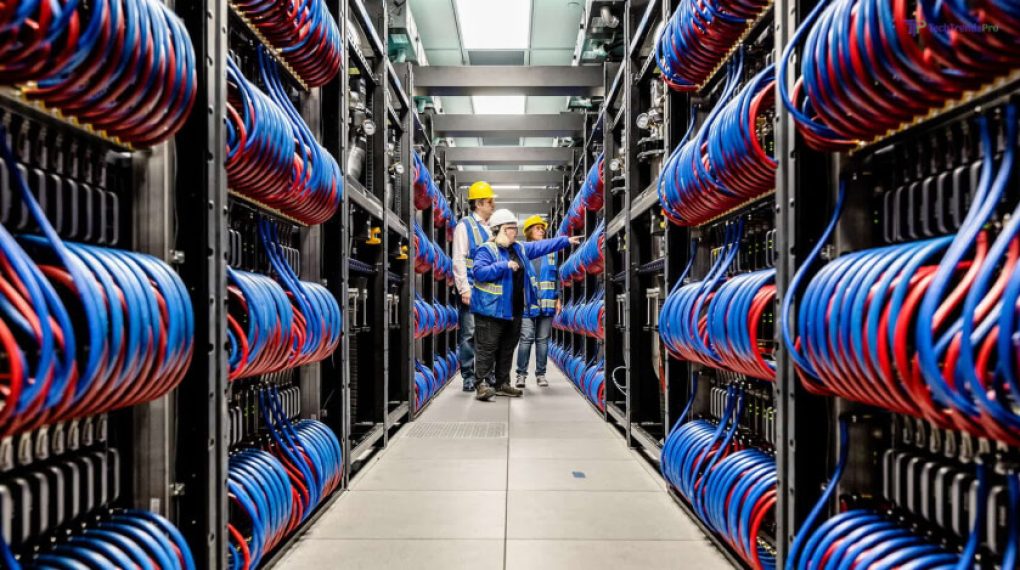
Together with its developers, Intel, HPE, and the Department of Energy, Argonne National Laboratory hopes to have its most powerful supercomputer online by the end of the year.
Theoretically, Aurora will be capable of delivering more than two exaflops of computing power, or more than “2 billion calculations per second,” states the Lab.
This could indeed be a one-of-a-kind supercomputer that paves the way for the future, despite the fact that quantum computing appears to be rapidly approaching. The astonishing performance figures are the result of thousands of chips.
The supercomputer is made up of 10,624 rectangular blades that weigh 70 pounds each and were successfully installed on June 22. There are 166 racks for the blades, each of which can hold 64 blades. According to the Argonne, Aurora’s footprint in its ALCF data center is the size of two professional basketball courts and is spread out across eight rows.
Two Intel Xeon Max Series CPUs, six Intel Max Series GPUs, memory, networking, and cooling technologies are housed within each blade.

Susan Coghlan, Aurora project director for the ALCF, stated: “We’re looking forward to putting Aurora through its paces to make sure everything works as intended before we turn the system over to the broader scientific community.”
When it comes to running models to aid in the solution of global issues like climate change and other anthropogenic issues, Intel and its partners hope that all of this will make it possible to use supercomputing that is both more effective and more efficient.
Intel Aurora, also known as Aurora Supercomputer, is a high-performance computing system developed by Intel in collaboration with the U.S. Department of Energy (DOE) and Argonne National Laboratory. It is designed to be one of the most powerful supercomputers in the world, dedicated to scientific research and solving complex problems in various fields, such as climate modeling, physics, energy research, and materials science.
Aurora is expected to deliver exascale performance, capable of performing a quintillion calculations per second. It aims to accelerate scientific breakthroughs and drive innovation in areas that require massive computational capabilities.
Read Also:






